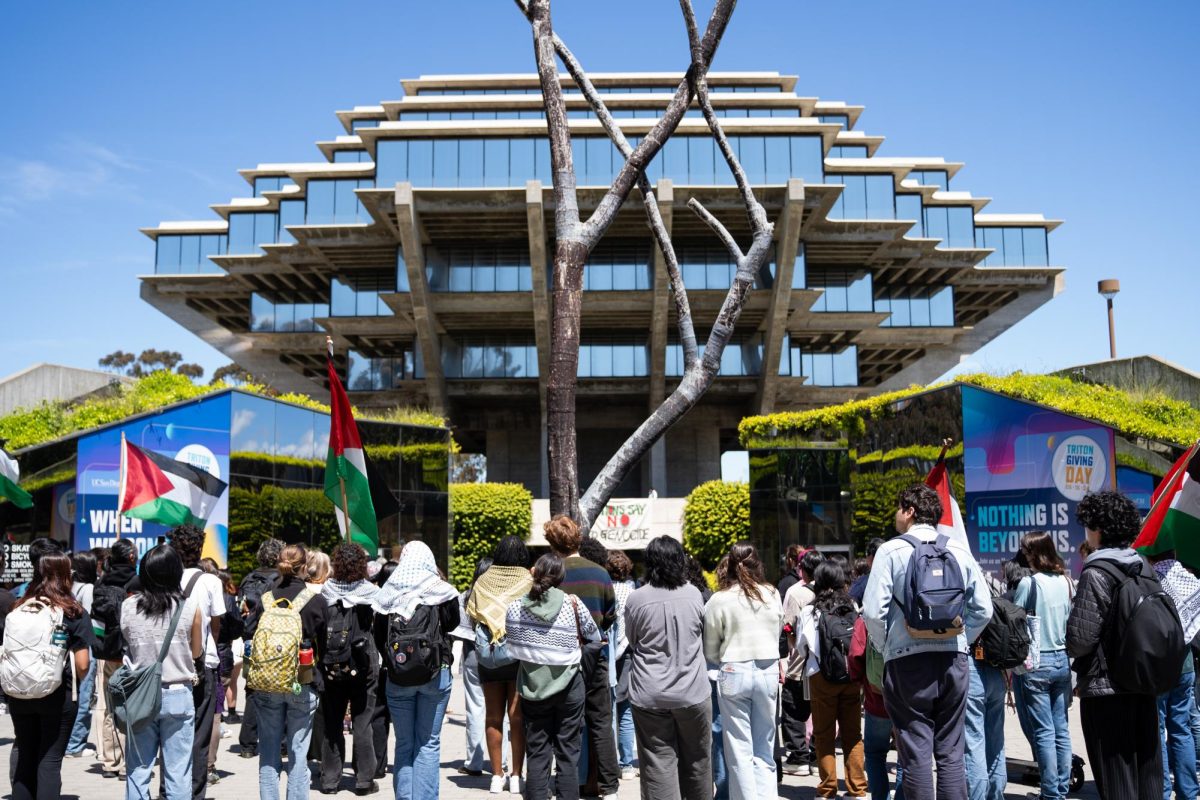In October, President George W. Bush approved the construction of a 700-mile, multi-layer fence along the border between Mexico and the United States. The fence is to span much of the southern border, stretching from Calexico, Calif. to Brownsville, Texas, with a handful of gaps in between. Bush already pledged $1.5 billion of the estimated $7 billion total for initial construction of the fence, and endorsed the construction, arguing that it will solve the problem of illegal immigration. Like many other propositions made by Bush, such as the No Child Left Behind Act, the fence will most likely fail to solve the problem, and if anything, will exacerbate the situation.
The Secure Fence Act is seriously flawed because it doesn’t provide a funding source for the border wall — and the United States already faces a deficit of $8 trillion. A responsible measure might have built in a funding mechanism.
Even if the fence is built, it will cover only one-third of the southern border. Beefing up security at current high-traffic locations will only push illegal immigrants to other areas, rather than actually halting illegal immigration.
Perhaps most importantly, the wall itself won’t do much to prevent illegal immigrants from getting into the country. Jack Hook, head investigator general of the San Diego office of the federal Department of Homeland Security, led investigations into the practices of the region’s border patrol officers and is investigating 72 officers in San Diego and Imperial counties for corruption. Even the process of hiring officers is in shambles, the report found: One officer wasn’t even an American citizen. Mike Gilliland, an accused officer in custody, reportedly received bribes of up to $120,000 to let smugglers of immigrants across the border. With officers being bribed with sums far greater than their own salary, it is nearly impossible to prevent corruption among border patrol officers. And if the people manning the barricade can be bought for the right price, what good will a multi-billion-dollar barrier do? A fence is only as good as the officers who patrol it.
According to Jesus Ramirez, an illegal immigrant, even if immigrants are caught and sent back to Mexico, nothing stops them from trying again until they succeed. Ramirez told USA Today that it’s the final destination that counts — fence or no fence — and immigrants will stop at nothing to get across. He also told the paper the reason for coming to the United States is that there is a shortage of employment opportunities in Mexico, and that he comes to find any money he can to send back to his family.
Increasing security on the border also spawns illicit businesses, such as human smuggling: Ramirez recalled paying smugglers to transport countless immigrants across the border safely. And as security tightens, the price of smuggling increases, forcing temporary migrants to stay in the country longer than they intend in order to raise enough money to hire smugglers when they need to get back into the United States. Instead of keeping immigrants out of the country, which is the bill’s purpose, a fence might actually keep immigrants in the country long beyond the picking season.
As long as there is a demand for immigrant labor, there will always be a constant flow of immigrants into the country. Director of Pew Hispanic Center Rakesh Kochhar, who researches illegal-immigrant trends, predicts that roughly 15 percent of the labor force in America consists of illegal immigrants, and the amount is expected to double in the near future. According to Robert Justich, director of Bear Stearns Asset Management, a firm that analyzed immigration, it’s only logical for empolyers to pursue cheaper labor. Some estimate that billions of dollars are produced via illegal immigrant labor.
It would be wiser to address the source of the problem rather than spending billions to create a poor solution. Immigrants report a lack of job opportunities in Mexico, encouraging them to come to the United States to seek a better life. It would be wiser to work toward a tighter relationship with Mexico and develop international trade in order to improve the employment crisis plaguing the country. Outgoing President Vincente Fox of Mexico said that the country has a problem occupying jobs with workers and that lack of educational opportunities prevents many workers from being hired in Mexico. If there were an adequate amount of jobs in Mexico, then there would be no incentive for Mexicans to immigrate to the United States illegally.
The Secure Fence Act is a poorly constructed initiative aimed at hastily satisfying the general public. It fails to resolve the issue of immigrant labor and if anything, is a weak attempt to buy votes for the recent elections and raise Bush’s approval ratings.







